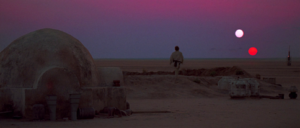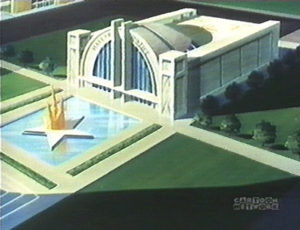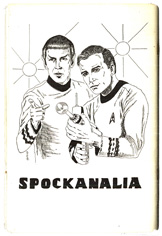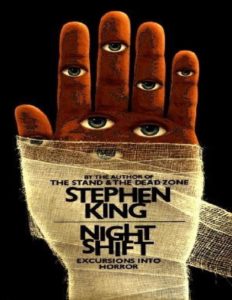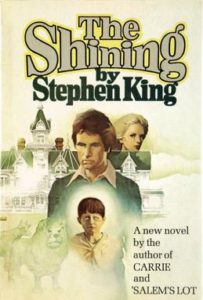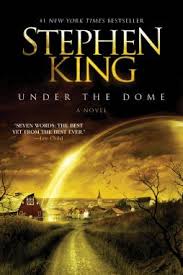Hello all! I’m excited to be back for my second post of the month. As I’ve already presented my year in review <link> for this post I’m allowed to write about any subject I want. I’ve decided to cover what I feel is a very moving subject in writing fiction: motion!
Now, I don’t specifically mean the physical motion of characters (walking, running, etc) as much I as am referring to the motion of your characters through your setting and your story. For the purposes of this blog post, I’m going to call that concept ‘story motion’ and I feel it is a really great way to keep your reader engaged.
I recall one of the first writing workshops I attended was David Farland’s Writing Mastery n beautiful St. George, Utah. (Aside: I can’t recommend Dave’s workshops enough! Here’s a <Link>. Check them out!) One of the first things I remember Dave discussing was the setting you used for your scenes. Dave recommended never returning to the same setting twice, as this will lend a sense of motion to your story and keep your reader from getting bored seeing the same places over and over again.
As advice, this really stuck with me as an excellent idea. To illustrate this idea, let’s use that pop culture touchstone / yardstick: Star Wars.
If you follow Luke Skywalker’s scene-by-scene progress through the movie, you’ll see that he never goes back to the same place twice. Below is just an example of his actions on Tatooine:
- Tatooine: Market outside Sandcrawler*
- Tatooine: Owen / Beru’s Farm*
- Tatooine: Jundland Wastes
- Tatooine: Ben’s Cave
- Tatooine: Sandcrawler after Empire attack*
- Tatooine: Owen / Beru’s Farm*
- Tatooine: Mos Eisley
- Tatooine: Cantina
- Tatooine: Docking Bay 94
Note: In a few cases (marked with a *) it is technically the same location, but the setting has fundamentally changed, these cases due to violence. A writer would need to describe the changes to the settings, thus making them ‘new’ for the reader.
This is just Luke, just in one part of one movie. Across all three movies, he really only leaves and returns to exactly the same place once, without the setting having fundamentally changed in the interim: Yoda’s hut.If you look at all of the original Star Wars movies, there is this constant feeling of progress and movement. Presenting the viewer with new and interesting settings has a lot to do with this.
This process is by no means uncommon, in fact I can see this pattern in many popular movies. Oddly enough though, I’ve read many books that followed a more television-style model where characters have a home base setting that they keep returning to. There is nothing wrong with this, of course, but it raises the need for other elements to hold the reader’s interest. The Hall of Justice is only interesting the first time you’ve had it described to you, after that it’s just a place with some computers, tables and a big screen.
I’ve come to realize that I subconsciously plugged Mr. Farland’s advice into most of the writing I’ve done since. In that time I’ve written two novels, a novella and about eight short stories. Almost all of them have this motion pattern to them. Often the characters are traveling from one place to another in my stories, but even when they are not they are visiting new scene settings inside that same location.
I think the lesson is this: Never ask the reader to look at something they’ve seen before when you can show them something new. New places and settings keep the interest fresh and allow a sense of movement and progression that keeps the reader engaged.
See you next time!

